My virtual people Blog
10 Web Technologies Every Web Developer Should Know (Part 2)
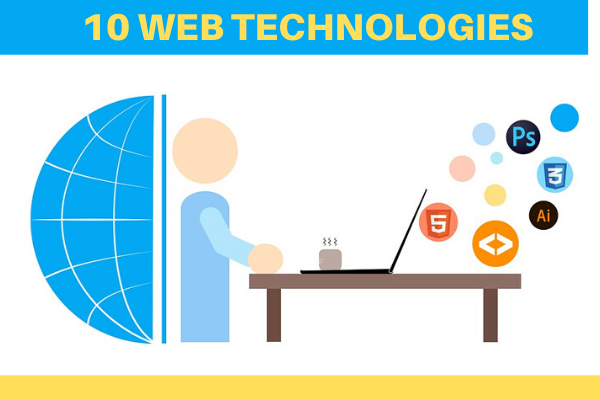
If you want to produce a website or web application efficiently, you need to know web technologies. In our previous part, we discussed the definition of web technology and also discussed the web browser’s which are commonly used nowadays.
Today is the second part of this series.
2 – HTML & CSS
If you can, visualize a time before the creation of the Internet. Websites didn’t occur, and books, printed on paper and forcefully bound, were your main foundation of information. It acquired a substantial amount of determination and reading to the road down the meticulous piece of evidence you were after.
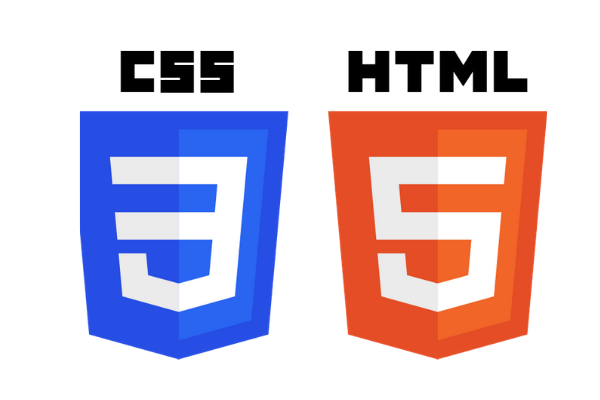
Today we can open a web browser and directly went through search engines. We search in a web browser according to our requirements. We found countless websites for our requirements. What we see on a website in the user view is actually built with HTML & CSS. If you want to develop a website or web-based application, first of all, you have to know HTML and CSS. Let’s describe HTML & CSS broadly.
HTML stands for Hypertext Markup Language, elasticities content structure of web pages or websites by defining that content as, for example, headings, footer, navigation bar, drop-down menu, links, paragraphs, or images. On the other hand, CSS stands for Cascading Style Sheets, is an exhibition language formed to style the advent of web pages content using, for example, fonts, text size, text shape, display, lists, colors, etc.
The two languages HTML and CSS are self-determining of one another and should persist that mode. CSS code should not be written inside of an HTML document. In general, HTML will permanently represent the content of a website or web application, and CSS will always characterize the styling of that content. For producing a professional look website or web application you have to know the details of attributes and tags of HTML and for a better look, you have to know the details styling attributes of CSS.
3 – Web Development Programming Languages
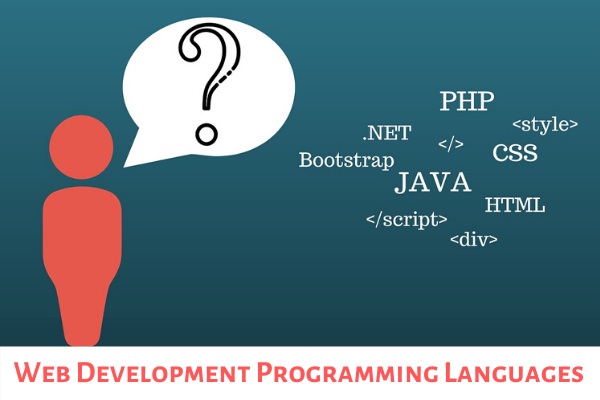
Web development programming languages can be rummage-sale to describe complex logical directions and procedures. Whereas markup languages, for example, HTML can only be used to produce documents, which is static.
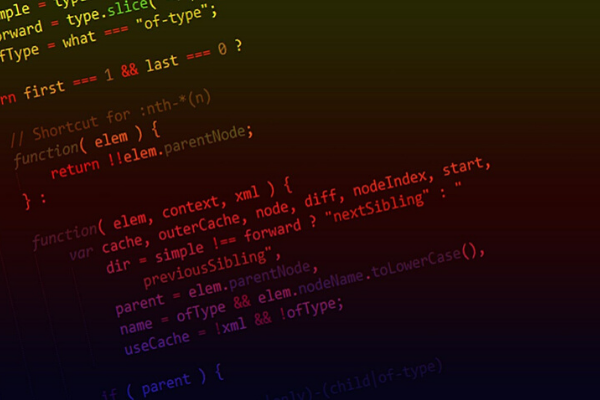
On the other hand, in web development, you can use programming languages to produce programs of any scope to fulfill your desires. So what programming languages are particularly upright for use with web development? Which programming languages are the furthermost handy? and which are impartially easy for beginner developers to learn? You will get all the answers in this article.
**Most Common and vastly used programming languages for web development are given below. **
1. Java: First of all, we have to know what is Java? Simply, Java is a programming language and also a platform. Java is a high level, robust, object-oriented and very much protected programming language. Java used for nearly any state and any situation. That proves its versatility as a programming language. Java is object-oriented like maximum web development programming languages. That means Java attentions to real applications. Its massive number of web frameworks and library functions, which normally have all-inclusive documents, make it relaxed to generate even exceedingly compound web projects or web applications.

Meanwhile, Java is relatively difficult to learn than other web development programming languages. Those who are strong enough in logical fundamentals and have a very strong idea in object-oriented programming always loves to work in Java.
2. JavaScript: JavaScript is a programming language for web development. JavaScript is the most popular and maximum number of used client-side programming language.
JavaScript is supported by maximum web browsers such as Google Chrome, Mozilla Firefox, Safari, Internet Explorer, Edge, Opera-Mini, UC Browser, etc. Utmost mobile browsers for smartphones and tablets also support JavaScript.
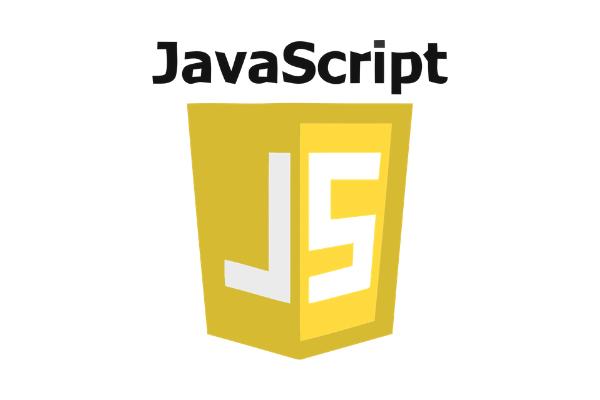
It is principally used to improve web pages or web applications to deliver for additional user-friendly involvement. These comprise energetically apprising web pages or web applications, user interface improvements for example menus, dialog boxes, navigation bar, drop-down menus, animations, 2D and 3D graphics, collaborating maps, video players, and further. This approach of JavaScript procedure in the web browser is also stated as client-side JavaScript. Though nowadays JavaScript can implement not only in the browser or client-side but also on the server-side.
3. PHP: PHP stands for, Hypertext Preprocessor. PHP is better acknowledged underneath the old abbreviation PHP. It is the most popular scripting language based on C and Perl. It is largely used for programming dynamic websites and web applications.
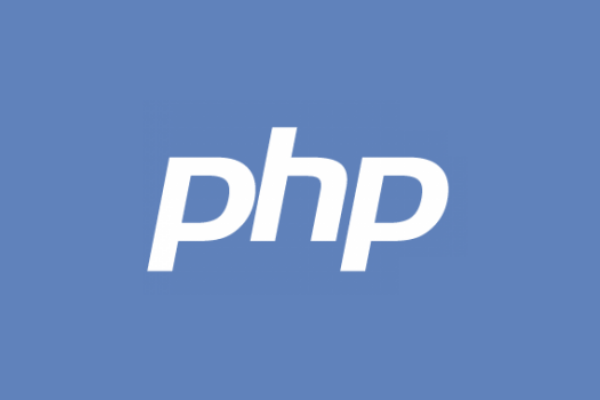
PHP is painstaking to be novice-friendly and can be combined into HTML. Consequently, it is frequently one of the first languages a determined programmer or developer acquires. Numerous website operatives still depend on PHP currently, although the language is extensively observed as a bit superseded. Some of its greatest vital compensations comprehend its widespread sustenance for more than a few databases and its knowledgeable amalgamation of the internet protocol. PHP has established several updates meanwhile its conception and is currently on version 7. This language has an open-source authorization and is accessible free of charge.
[Continue with Part 3]


No comments yet